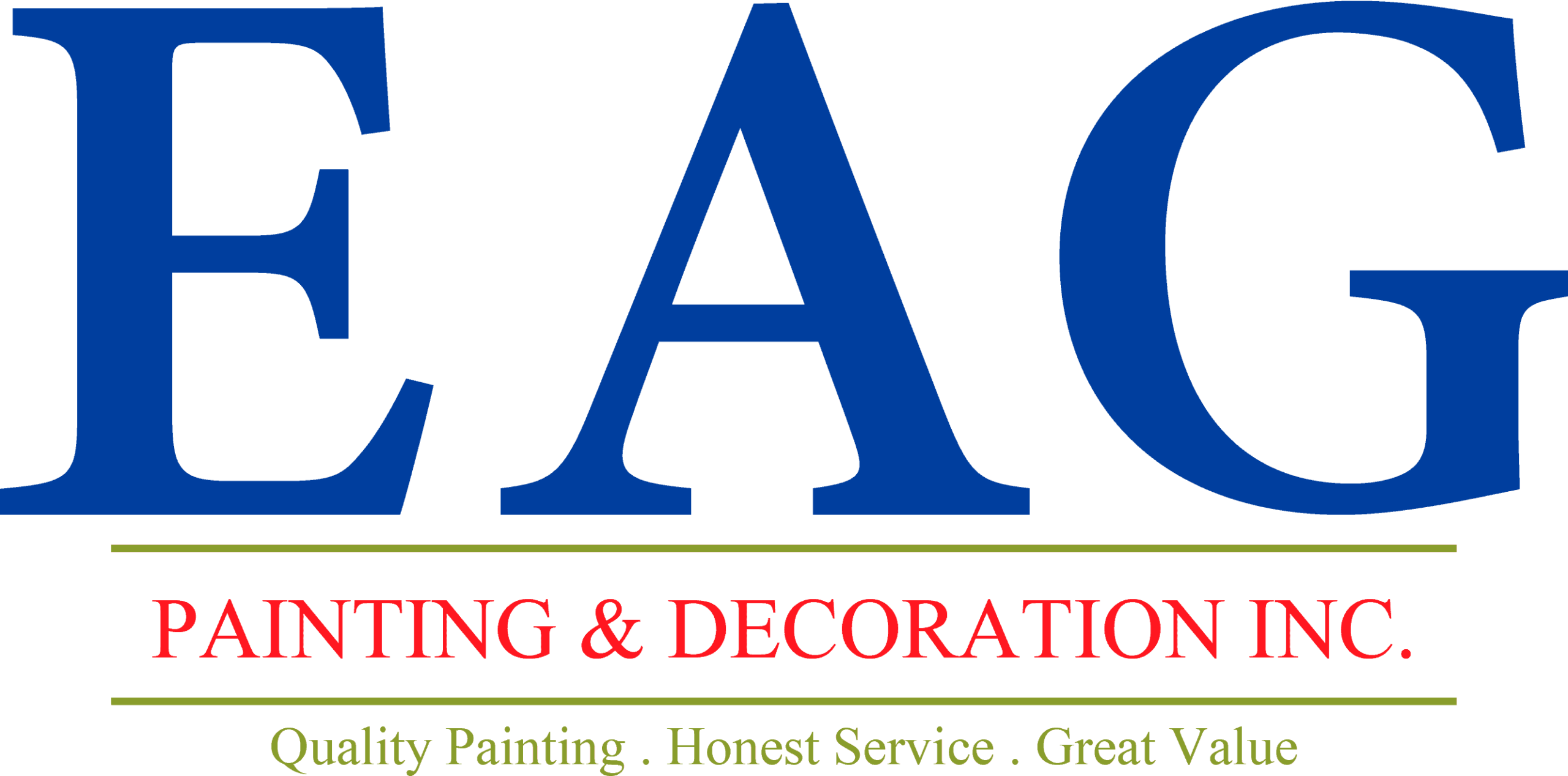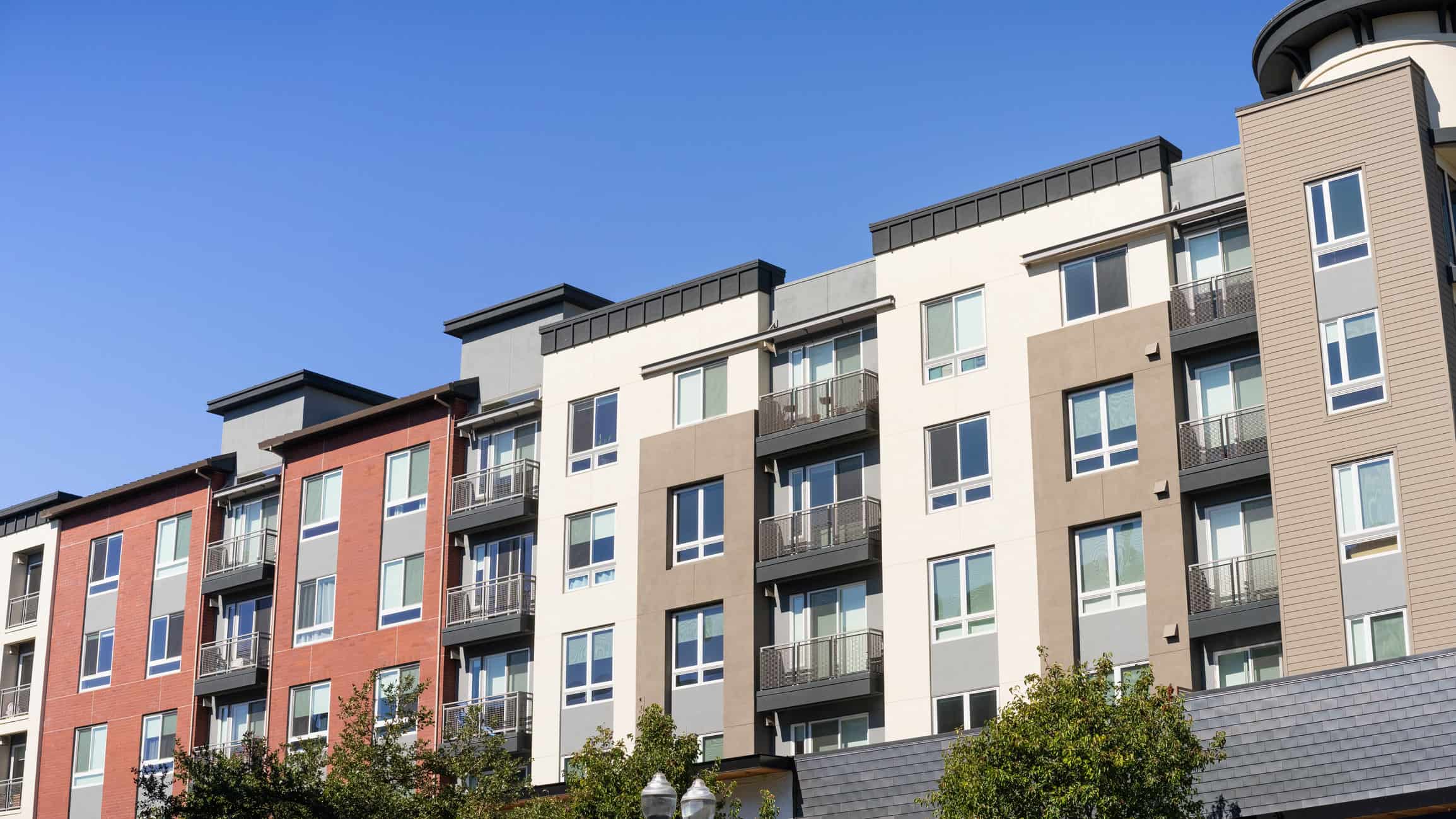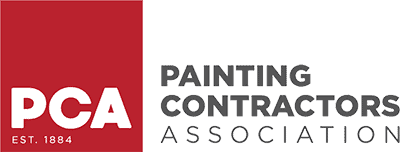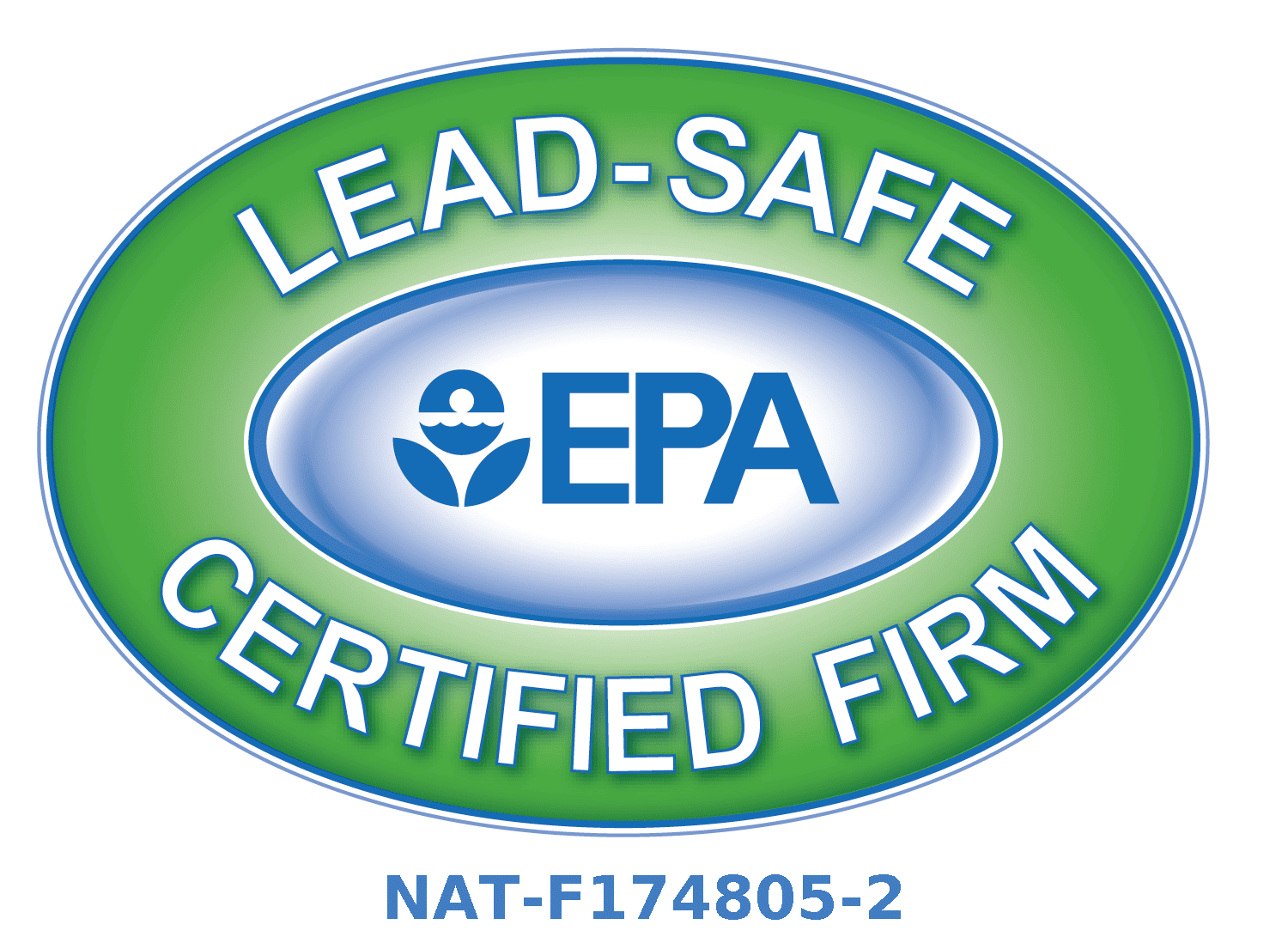Mold, mildew, and fading are the most common complaints following exterior repainting. Manufacturers claim resistance, but what’s actually taking place at a chemical and molecular level? This blog dissects how paints are designed to resist these issues, how environmental stressors test their limits, and what you can realistically expect from premium and budget product lines in field conditions.
The Problem: Why Mold, Mildew, and Fading Occur
Mold and Mildew Proliferation
Mildew and mold are fungi that thrive in environments offering three critical conditions: moisture, nutrients, and limited sunlight.
-
Moisture sources include rain, water leaks, and humidity (above 70% relative humidity).
-
Nutrient sources come from airborne particulates such as pollen, dust, and microbial colonies.
-
Shaded walls retain moisture longer, creating ideal conditions for spore germination.
Spores settle on micro-rough surfaces (like stucco or poorly cleaned siding), absorb moisture through the paint film, germinate, and develop colonies that appear as dark patches. These organisms can degrade paint polymers, discolor surfaces, accelerate film erosion, and pose health risks—especially in asthma-prone building occupants.
Fading through UV Breakdown
Paint fading arises from ultraviolet radiation disintegrating both the binder polymers and the pigments themselves.
-
UV-A (315–400 nm) and UV-B (280–315 nm) photons are strong enough to break chemical bonds in the paint film.
-
This leads to chalking, loss of gloss, and pigment washout.
-
Southern, high-altitude, and coastal regions experience UV index values of 8–12 year-round, accelerating paint degradation.
-
Not all pigmentation withstands UV equally. Titanium dioxide and iron oxide pigments rate high for lightfastness, while many organic pigments fail rapidly without stabilization.
The Chemistry Behind Mold and Mildew Resistance
Manufacturers use several strategies in formulations to slow fungal growth:
-
Biocides/biostats, such as zinc pyrithione and quaternary ammonium compounds, act on spores to prevent hyphal development.
-
These chemicals must stay effective over time and through cycles of wetting and drying.
-
Test standards include:
-
ASTM D3273: Evaluates fungal growth over 28–35 days under high humidity (over 95%).
-
MIL-STD-810 Method 508.6: Military-grade mold and mildew resistance testing, including wet-dry cycles on coatings.
-
Performance data from reputable manufacturers often show ≥8 years of visual mold resistance in real-world conditions.
-
A lack of biocide-treated paint, combined with poor prep, is a primary cause behind rapid mold/mildew return in many field failures.
How Fade-Resistance Is Engineered
Fade resistance relies on balancing pigment protection and polymer stability:
-
Lightfast pigments: Mineral-based pigments like TiO₂, zinc oxide, and iron oxide possess exceptional light fastness and resistance to photodegradation.
-
UV-blocking additives: Compounds such as benzophenones and benzotriazoles intercept damaging photons before they can break down polymers.
-
HALS (Hindered Amine Light Stabilizers): These chemical scavengers neutralize free radicals formed in polymer chains, extending paint film life by preserving chemical bonds.
-
Oxidation inhibitors: Substances like sterically hindered phenols reduce binder oxidation, a key contributor to color shift and loss of gloss.
-
Strong binders: High-quality 100% acrylic latex resins resist chalking and microcracking better than older alkyd/inorganic resin systems.
Product Technology: In-Depth Examples
| Product | Anti-Mildew Details | Fade-Resistance Details | Binder & Additives Summary | Ideal Applications |
|---|---|---|---|---|
| Sherwin-Williams Duration | Contains zinc pyrithione; film remains clean after 1,000 hrs QUV exposure | HALS + UV absorbers protect binder; TiO₂ pigment resists fading | 100% acrylic resin, moisture-shedding, breathable film | Wood, fiber cement, brick facades |
| Benjamin Moore Aura | Proprietary biocides tested per ASTM D3273; self-priming film resists fungal colonization | Color Lock pigments engineered for 3,200+ hrs QUV; reactive cross-linking resists binder degradation | High-solids acrylic copolymer with nano-pigments | Residential, commercial exterior applications |
| Behr Premium Plus Ultra | Includes multiple biocide classes; mold and mildew-resistant primer is included | UV-resistant inorganic pigment blend; tested for up to 2,500 hrs QUV exposure | AAC latex resin with HALS; integrated primer | Value-conscious exterior surfaces |
| PPG Timeless | MIL-STD-810E mildew rating; qPCR fungal resistance testing | Titanium dioxide, HALS, and zinc oxide mix architectures mitigate UV degradation | 100% acrylic latex fortified with UV filter package | Metal, wood, stucco in high-traffic environments |
| PPG Loxon XP Elastomeric | Thick film (7 wet mils) with biocides; tested for wet/dry cycles | Binder includes UV stabilizers; stretchable film maintains UV resistance | Elastomeric acrylic resin; engineered for crack bridging | Stucco, CMU, foundations |
Limitations & Realistic Expectations
Mold/Mildew Resistance Isn’t Bulletproof
-
Paints can only slow—but not prevent—microbial colonization.
-
Unsanitary surfaces and environmental conditions (shade, humidity, plant debris) make growth likely over time.
-
Regular exterior cleaning, ideally yearly, is essential for prolonging clean-looking finishes.
Fading, Over Time, Is Inevitable
-
Even premium paints degrade with extended UV exposure.
-
Dark hues absorb more heat and degrade faster; light colors fare better.
-
Up to 10% color change (ΔE) over 8–12 years is normal; more rapid shifts suggest product or application failure.
Surface Prep & Application Quality Matter Most
-
Improper cleaning, failure to prime, or incorrect substrate pH (over 10.5 on stucco) leads to coating failure regardless of product quality.
-
Moisture content in substrate must remain below 15% for wood and 12% for masonry before starting application.
-
Without proper conditions, even high-end coatings can perform like budget ones.
Maintenance, Inspection & Touch-Up Protocol
-
Inspect every 1–2 years for mold, mildew, or fade
-
Pressure-wash gently (25–30 psi) using non-bleach mildewcides
-
Rinse thoroughly and allow surfaces to dry before repainting
-
Perform touch-ups in areas with visible staining, cracking, or chalking
-
Repaint full coats when acceleration in deterioration appears (usually every 8–12 years for premium systems)
Service Recommendations for Property Professionals
Commercial & Institutional Properties
-
Specify life-cycle cost estimates over 20-25 years
-
Use elastomerics for waterproofing and mildew protection
-
Require independent lab data and extended warranty (10+ years)
HOA & Multi-family Property Guidelines
-
Ensure batch consistency for color matching across buildings
-
Use scrub-resistant paint and mandate annual soft-wash
-
Budget for partial refresh by year 10 to avoid large-scale repaints
Homeowners & Small Businesses
-
Choose premium 100% acrylic latex with UL-rated fade and mildew resistance
-
Get professional surface prep and prime all bare wood or stucco
-
Inspect every 2 years and clean every 3–5 years
Read the Technical Data Sheet (TDS): What to Look For
-
ASTM D3273 compliance for mold and mildew
-
QUV hours (ASTM G154/G155) for accelerated fade testing
-
Binder solids content > 40% for longevity
-
Pigment Volume Concentration (PVC) < 40% for durability
-
Elongation % for flexibility in stucco or wood applications
-
Water vapor permeability and water absorption ratings
Summary
Advanced exterior coatings now combine high-performance binders, long-lasting pigments, mold & mildew resistors, and UV stabilizers that significantly delay fading and fungal growth. However, no paint is immune—proper substrate preparation, conditioning, application, and ongoing maintenance are essential for achieving and maintaining performance.
Invest in quality from the start; treat coating as part of a long-term building maintenance strategy, not a cosmetic afterthought.
Looking to extend the lifespan of your building’s exterior paint? Our team offers technical consultations, premium product recommendations, and full-service prep and application to help your property stay clean, vibrant, and protected for years.





